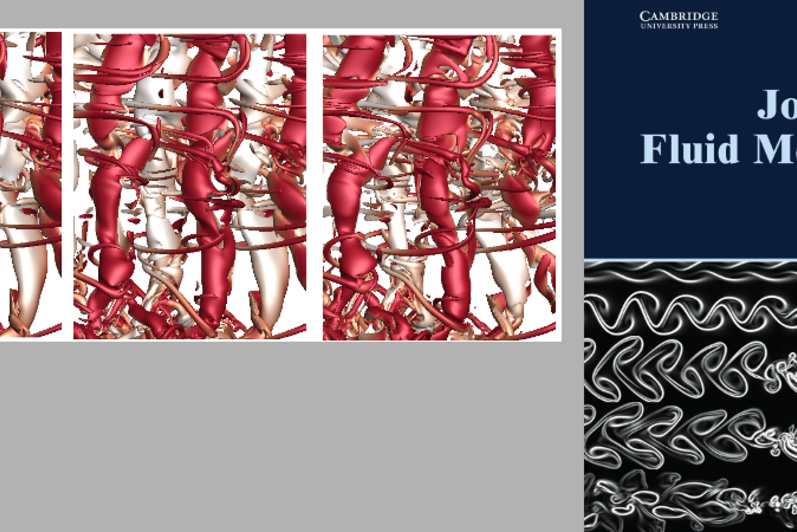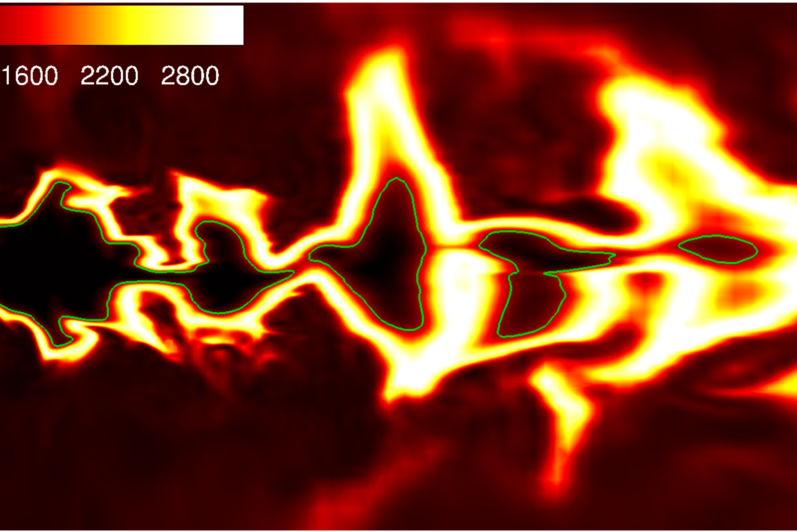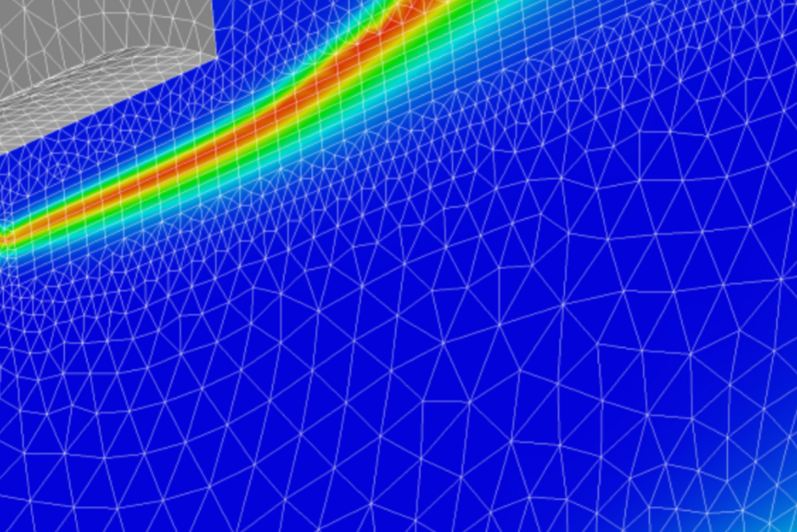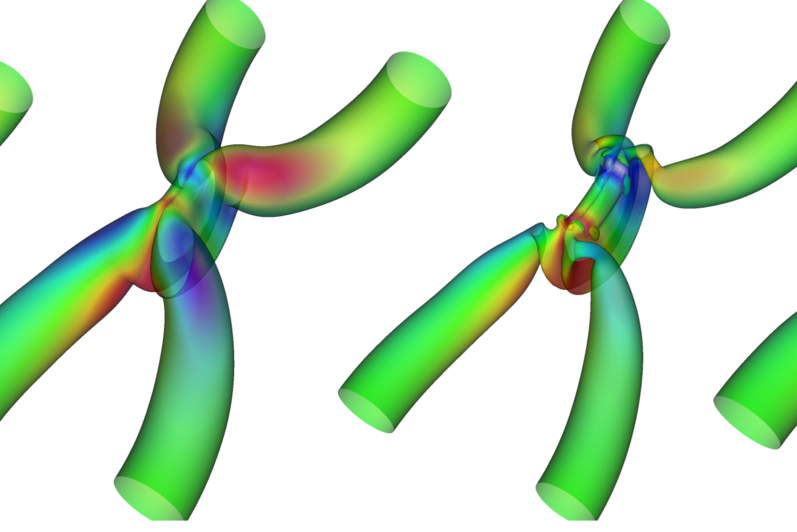HIGH-SPEED LAMINAR-TURBULENT TRANSITION Increase mixing efficiencies by understanding the path to transition in high speed free shear flows for propulsion applications such as scramjet engines.
TRANSCRITICAL ROCKET COMBUSTION Integration of the flamelet modelling approach to Large-Eddy Simulations of transcritical rocket combustion chambers to improve predictive modelling potential at a resonable computational cost.
TURBULENCE, MIXING AND COMBUSTION MODELLING Improving predictive capabilities of turbulence, mixing and combustion models for strong multi-physics interactions using physics-based approaches.
VORTEX CAVITATION AND RECONNECTION Exploring the possibility of using vortex reconnection as means to control resilient tip vortex cavitation in cryogenic turbopumps
Welcome to the Multi-Physics Interaction Lab at the University of Waterloo. Started in 2016, our research focuses on high fidelity numerical simulations of flows, which are characterized by a strong interaction between thermodynamics, acoustics and/or chemical kinetics. Using a broad toolbox in computational physics, but primarily relying on Large-Eddy (LES) and Direct Numerical Simulations (DNS), we study the interaction between these physical phenomena in canonical flows using first-principle based approaches. The objective is to understand the coupling mechanisms and improve the predictive models for engineering use. Typical problems studied are: thermosensitive cavitation, supercritical thermodynamics, transcritical heat transfer, thermoacoustics, and transitional high-speed flows. Our expertise lies the field of rocket propulsion but finds complementary tangencies in aerospace, nuclear and automotive engineering.










